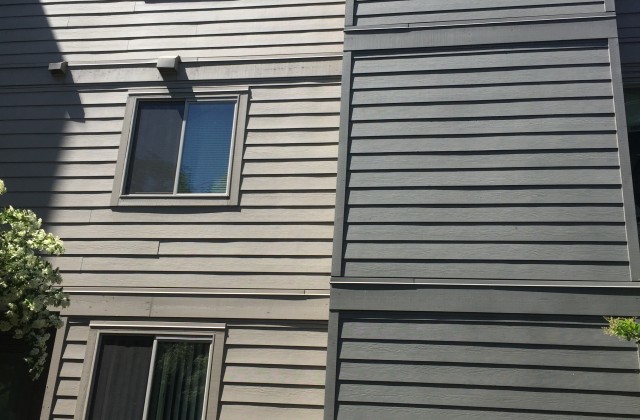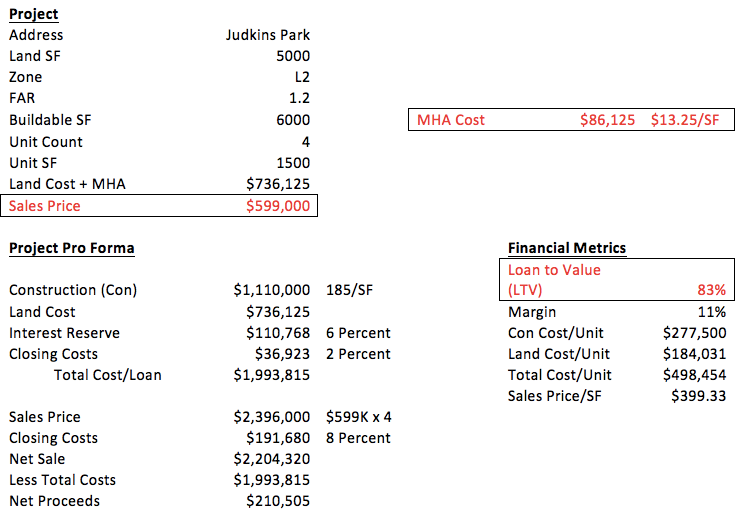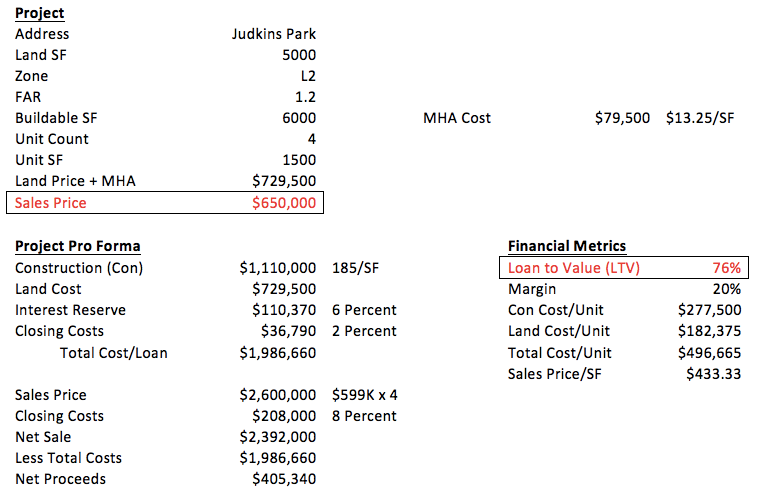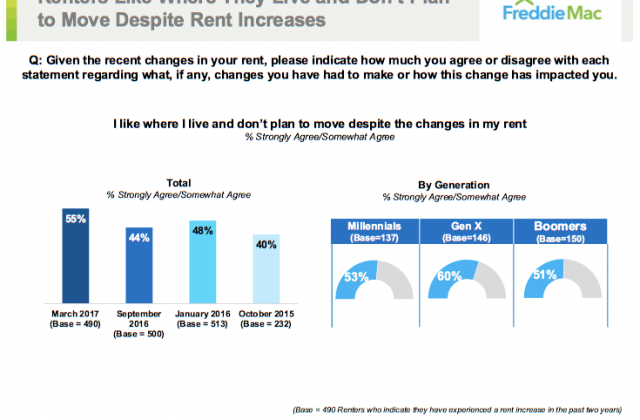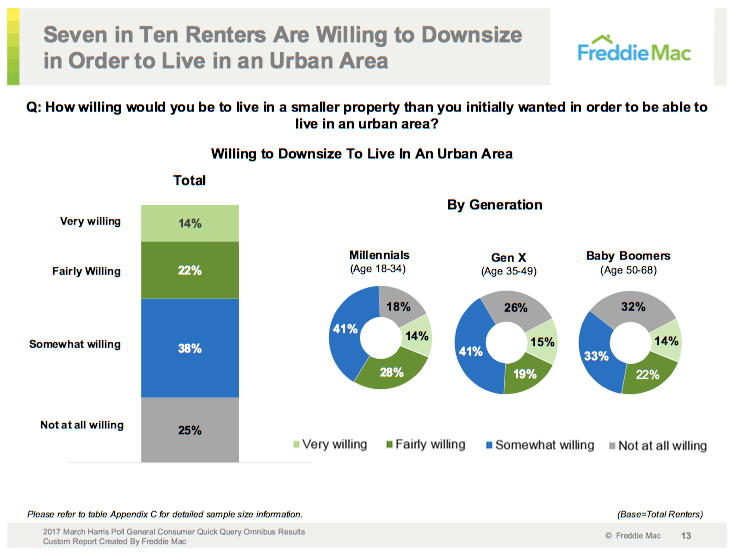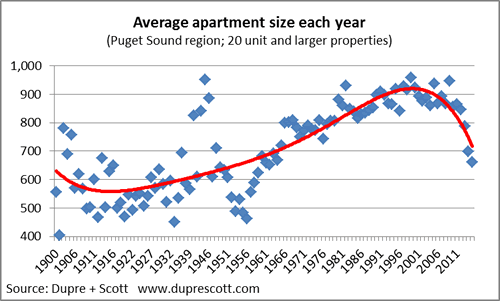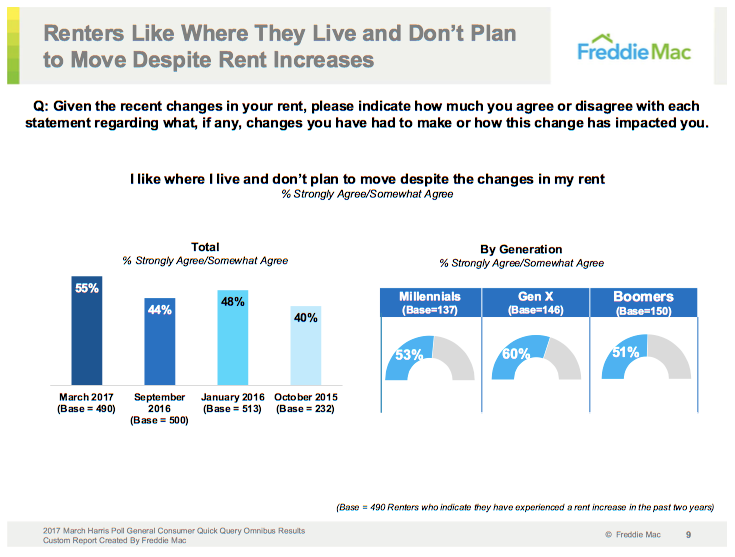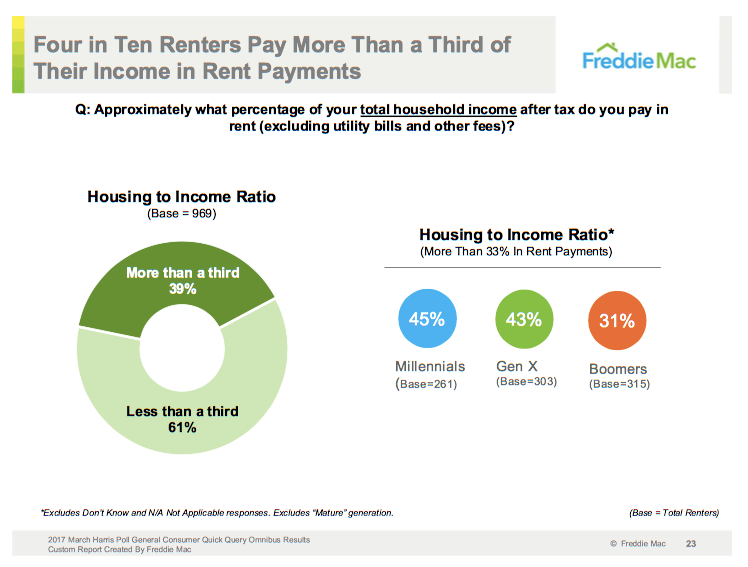Surprise! Rental Inspection Program Isn’t Working
The Stranger and others have raised more hue and cry about the City’s failing Rental Registration and Inspection Ordinance (RRIO) is, as we pointed out a year ago, failing. The pattern has been consistent: both the press, tenant activists, and Councilmember Sawant and her colleagues that blindly follow her on Council pass legislation and write stories without ever talking to or engaging with the people who actually rent and manage housing in the city. Last year when the punitive (and perhaps defamatory) “Carl Hagland’ ordinance enhancing RRIO passed we said it wouldn’t work. Nobody listened. We said that the City’s existing program didn’t work because the City staff was already overwhelmed. We also said the program would create, “big disincentives to take on improvements to older, more affordable rental properties.”
Slap your forehead! Here’s what Heidi Groover at The Stranger reports in that story.
[C]ity staff don’t actually know details about the conditions of the vast majority of buildings . . . [and landlords have] little incentive to fix code violations until they get caught
When I was a landlord, at a non-profit, we had the same kind of inspections. And small fix it violations were always found. Like anything else, rental properties aren’t perfect. I don’t know what it would take to address the issues in the specific case in the article, but as I’ve pointed out before, the City and some in the press are obsessed with specific cases rather than as we suggest, working to “refine and improve this program” of inspections that would surface real issues and get them fixed.
Inspections are nothing new. Neither are mechanisms to complain to the City. But as we pointed out a year ago, nobody talks to landlords. The Council simply speculates, the press shares horror stories, and then actions are taken that don’t fix the program nor do they address the underlying issue. So here’s what we wrote a year ago. Will anyone listen now? Can we actually work together to find the worst cases and get them repaired?
——————–
New legislation will be proposed this week on controlling when landlords can raise rents. This is a joint statement prepared by Smart Growth Seattle and the Rental Housing Association of Washington.
At a time when there is deep concern about housing prices in Seattle, the City Council and Mayor should use every available existing tool and new ones to address rising rents. Unfortunately, the recently proposed Tenant Protection Ordinance (the so called “Carl Haglund” law) does neither, creating a new bureaucracy, costs, and confusion for renters and landlords. And the proposal was crafted with absolutely no communication with or advice from landlords or developers.
Existing Tools Need Improvement
The existing Rental Registration and Inspections Ordinance (RRIO) Program allows for inspection of units in any building for substandard conditions and creates an avenue for tenant complaints – and holding building owners accountable for substandard conditions. However, only a third of rental properties have been registered for the program. The City should continue to refine and improve this program.
It’s worth noting that the apartments in the building that spurred this legislation actually passed an RRIO inspection before it was sold.
Creating New Problems
The new program would,
- Create a parallel reporting process for tenants along side the existing programs;
- Involve the City in legally allowed and even small rent changes all across the city;
- Disincentivize repairs and improvements, ensuring some lower rents but at the expense of making the unit or building better;
- Dramatically increase the work load of already thinly stretched City staff; and
- Expose the City to legal action for violating the State’s preemption on rent control.
Taken together, this legislation will simply add confusion for tenants and housing providers, more costs for the City, and big disincentives to take on improvements to older, more affordable rental properties. This proposal has been made with no data to support it, only anecdotes, and without the involvement of people who own and operate rental housing in the city.
Solutions
A real solution would be to provide help with financing improvements to older buildings; this would lower costs and the savings could be passed on to renters. This solution would both incentivize improvements and preserve existing affordable housing. This proposal made by Smart Growth Seattle has tentative public support from the Tenants Union. Even better, it’s an idea in the Mayor’s Housing Affordability and Livability Agenda (HALA) Committee recommendations. Recommendation P4 reads, in part
As part of expanding its preservation efforts, the City should develop and market a low-cost rehab loan program to complement its existing weatherization grants. This program would provide a compelling incentive for existing owners to improve their properties in exchange for an affordability covenant. Effective outreach, marketing and technical support will be critical components to the success of the program. The City should build on the success of its weatherization program by helping owners through the contracting process and with ongoing program compliance (page 32).
The Rental Housing Association of Washington and Smart Growth Seattle would like to work with the City on solutions, but oppose this ordinance; it is unnecessary and doesn’t solve a problem but makes things worse.
Non-Profit Uses Vacant Homes to Support Re-Entry From Prison
Currently the City is considering “doing something” about the fact that many people with criminal offenses on their record have a difficult time finding a place to live. It is a real problem. But in true form, the Council simply wants to mandate that people who rent housing would have to simply ignore that record all together. This mandate won’t work. As I’ve written before, here and on Facebook, many times, the problem with renters with criminal records, bad credit, or spotty rental history is risk. Helping to offset this risk is a big part of making it easier for people who are motivated to get back on track to find housing. Another problem is vacant houses waiting for demolition before new housing is constructed. Because of problems with the Tenant Relocation Assistance Ordinance (TRAO) and rules preventing demolition of existing structures until a permit is issued, builders end up having to leave houses vacant to avoid slowdowns or problems with relocating existing tenants. Those buildings end up being havens for crime and squatters and even arson.
Imagine if we found a solution to both of these problems.
Yesterday, I spoke with Amy King who owns Square Peg Development in Seattle. King and her husband have created a non-profit called Weld Seattle that is working with builders to create short term housing for people releasing from the prison system using temporarily vacant housing waiting for demolition. Weld is an impressive start up, only 9 months old, that tackles the challenges of keeping vacant buildings secure, providing low cost housing for hard to house people coming out of jail, and creates training opportunities and jobs in the construction industry where labor is scarce.
Here’s a simple explanation of what Weld Seattle is all about:
Vision
Everyone deserves an opportunity to reintegrate, belong and thrive.
Mission
To ensure a successful reintegration by overcoming obstacles to housing, employment and community connection.
Our People
Individuals actively engaged in reintegrating into their community following incarceration or recovery.
As I’ve written previously, there are many challenges to people when they leave prison or jail, and housing is a big one. People who otherwise would be released often have to wait, in jail, while they find an address to release to. This means extra time in a cell for them, and more costs for the government. The Department of Correction’s voucher program is a big help in this transition, but it’s often not enough. Landlords don’t have a crystal ball that can tell them how a person is going to act once they get into an apartment; all they have to go on is past behavior.
For most of us, this isn’t that big of a deal. But when the past includes criminal behavior and jail time as well as bad credit and no or little good rental history, people renting housing just don’t have much to go on to protect themselves from bad outcomes. It’s not a question of being biased against people with jail time in their past, but trying to figure out what comes next and will the person end up being a financial liability or worse in the future.
What Weld Seattle does is create value for builders, putting people in homes that otherwise would be vacant, the beginnings of a good rental history, training and a job for the person exiting the system, and more workers for a labor market in housing construction that is running low on qualified workers. We’ll be watching and working with Weld Seattle closely both to create safer and higher use for vacant buildings and to support Weld Seattle’s broader effort to take advantage of the tremendous potential of people coming out of prison.
The City Council could easily make this harder to do by passing a mandate that doesn’t take into account what people leaving prison need (which is more than just a lease and an apartment, but a job and a support system) and what landlords and people renting their homes need to offset the risk of renting to someone with a record. We all need to take a chance on people who are trying to turn their lives around, and they need support, and opportunity not just a mandate that is intended to punish land lords and that won’t give them the kind of broader support for them to be successful.
For Candidates: What’s Wrong With Seattle’s Mandatory Housing Affordability Program?
We’ve been working on a concise, one page description for candidates about why the City’s headlong rush into the disastrous policy of Mandatory Inclusionary Zoning (MIZ) is, well, disastrous. I still hear candidates calling the Grand Bargain, “HALA” and talking bout upzones associated with MIZ as “HALA” or “I support HALA,” or “I oppose HALA” etc. And on the Dori Monson show the other day I had to call out Councilmember Sawant who was suggesting that the upzones being passed should come with fees for developers. Ummm, well, they do. That’s what you voted for. Ignorance is a dangerous thing. Here’s yet another attempt to put it together.
Background: The Mandatory Housing Affordability (MHA) program is a form of Mandatory Inclusionary Zoning (MIZ), a change to the land use code that requires all new development to include rent restricted housing or pay a fee in lieu of that inclusion along with small increases in height. Seattle’s program was created as part of negotiations between a few larger market rate developers, non-profit developers (who get the fees), and representatives of the City of Seattle.
We weren’t invited: Representatives of the wider development community were left out of the process of negotiating the specifics of the MHA program. The builders of the vast majority of Seattle’s housing were not consulted on how the program would affect their projects.
Infeasible: The problem with MHA is that it adds cost to the building of new housing either through the loss of rent revenue from inclusion or from having to pay the fee. Also, building higher costs more, and those costs along with fees and inclusion are usually not offset by the additional floor area, making the project infeasible for financing.
Inflationary: When a project does work under MHA, it will be because the price of the product, housing, has to go up to compensate for the extra costs. This means higher rents or sales price to cover the costs of inclusion or paying the fee and the extra construction costs from building more floor area. Across the housing market, this means higher prices for people looking for housing.
Illegal: Analysis by the Pacific Legal Foundation indicates that MHA is essentially a forced auction of higher density zoning, and the requirement to buy something that adds unwanted costs is a violation of the Constitution and State law (RCW 82.02.020) that prohibits the taxation of development either directly or through mandates.
Case study: We looked at a typical 4 townhouse project, and when fees are imposed, the additional costs mean a higher loan to value ratio (LTV). The LTV is an index for lenders; when it gets above 80 percent, a project can’t get financing. In this example, the only way to lower the LTV was to raise the price of the houses from $599,000 to $650,000, an almost 10 percent increase in price. Apartment rents would go up in the same way.
What MIZ/MHA Does to LTV
Correcting MIZ/MHA Impact on LTV With A Higher Price
Lindsay and Nelson to Visit Seattle Builder Breakfast
It’s election season and there a lot of candidates running for office in Seattle. One key office, City Attorney, is up for election. This key office is often not talked about by people concerned with housing and development, but it matters. Incumbent Pete Holmes’ office argued somewhat famously now that, “laws can be bad, but still be legal,” when it defended the illegal abutting lot ordinance pushed by Councilmember Mike O’Brien. That ordinance would have required one project to go through full design review because, when combined with units being built in an abutting lot, put both projects over the threshold for design review. Holme’s office defended this by arguing that like adult entertainment, liquor stores, and pot shops, that housing is something that should be dispersed and not built densely.
Holmes has a challenger, Scott Lindsay, who worked for the Mayor. According to the Seattle Times
Before joining Murray’s office, Lindsay served as senior counsel in Washington, D.C., to Rep. Elijah Cummings, a Maryland Democrat, and to the House Oversight Committee. He also practiced law in Seattle and D.C. with K & L Gates. The 39-year-old Seattle native is the husband of Port of Seattle Commissioner Courtney Gregoire and the son-in-law of former Gov. Chris Gregoire.
Lindsay will be at our breakfast this week, Thursday, June 1st at the Blue Star Cafe in Wallingford.
Also joining us will be Sara Nelson who was a legislative aide for former Seattle City Councilman Richard Conlin. Nelson has long been active on issues related to housing and land use both on Council staff and as an activist. She’s also a small business founder and owner, starting Fremont Brewing with her husband. Business is booming and Nelson has a strong knowledge of what it takes to start and operate a growing business in Seattle. She’s running for the open seat created by the retirement of City Councilmember Tim Burgess.
This is an opportunity to get these candidates on the record on a variety of relevant issues like public safety, Mandatory Inclusionary Zoning (MIZ), rent control, and their opinion on regulations that impact the production of housing. If you’re not on our regular mailing list and want to attend, please drop me an e-mail at roger@seattleforgrowth.org to RSVP.
Renters Care About More Than Just How Much Rent They Pay
One of the frustrating aspects of talking about housing and trying to do something about it, is the lack of good self reported data about how renters feel about their life as renters. Too often the data pours out about how how much people who rent spend per month as a percentage of gross income. I’ve long said this is terrible way to measure affordability. First, it assumes that the housing “crisis” would be over if everyone sorted perfectly into units priced at exactly 30 percent of their gross monthly income. Second, it assumes that someone paying more than 30 percent has a problem and therefore is part of the “crisis.” Everyone, practically, knows that markets don’t work that way. People pay more when they want something enough and think it’s worth it. A recent survey by Freddie Mac sheds some light on this.
The Federal Home Loan Mortgage Corporation (FHLMC) is commonly known as Freddie Mac is a government backed corporation that deals in repackaged home loans, called the secondary market. Loans originate between a lender and a buyer, and later the lender can sell that loan on the secondary market. I won’t go into all that here, but to read more you can check out this brief history of Freddie Mac. Freddie Mac is all about housing and housing data, and they pay attention to trends in the market including from the customer perspective. Every quarter they conduct a renter survey based on what renters actually say rather than what other say about data about renters.
One impressive thing is the fact that renters like living in the city and will trade space for location.
This is what has been well documented and reported by many including locally by Mike Scott: unit sizes are falling. Apartments are getting smaller.
And along with getting more comfortable with idea of renting rather than owning, renters are also not necessarily going anywhere if rents go up.
We don’t want rents to go up. That would be bad. But when renters speak for themselves, they say that rent going up doesn’t mean they are going to be “displaced” and move away. Instead, they’ll make different choices. The survey found that renters will prioritize their spending differently, spending less on “non-essentials.” And here’s what the survey found about income to housing cost ratio.
What matters here is the age of the renter. Younger people pay a bigger percentage because, generally, they earn less. This is just common sense. A recent graduate from college might not be so worried about paying a larger portion of her wages on rent because she has few other expenses. This matters, and simply taking household data and pointing to the ratio of income to rent doesn’t tell the whole story.
The long and short of it is that we need to produce more housing to keep rents from climbing so fast that renters do suffer. A non-essential item shouldn’t be health and dental care. Renters shouldn’t have to sacrifice other important things like setting aside money for the future or education to pay rent. The best way to avoid that is to build lots of housing of all types everywhere so renters have options. The good and bad news is that renters are persistent; they want to live in the city even if it means paying more and living in smaller spaces. That’s good news because it means people aren’t “fleeing the city” because of prices. It’s bad news because it is showing the tolerance for higher prices among renters. That means the demand for housing will keep climbing even in the face of unhelpful schemes like Mandatory Inclusionary Zoning (MIZ).
